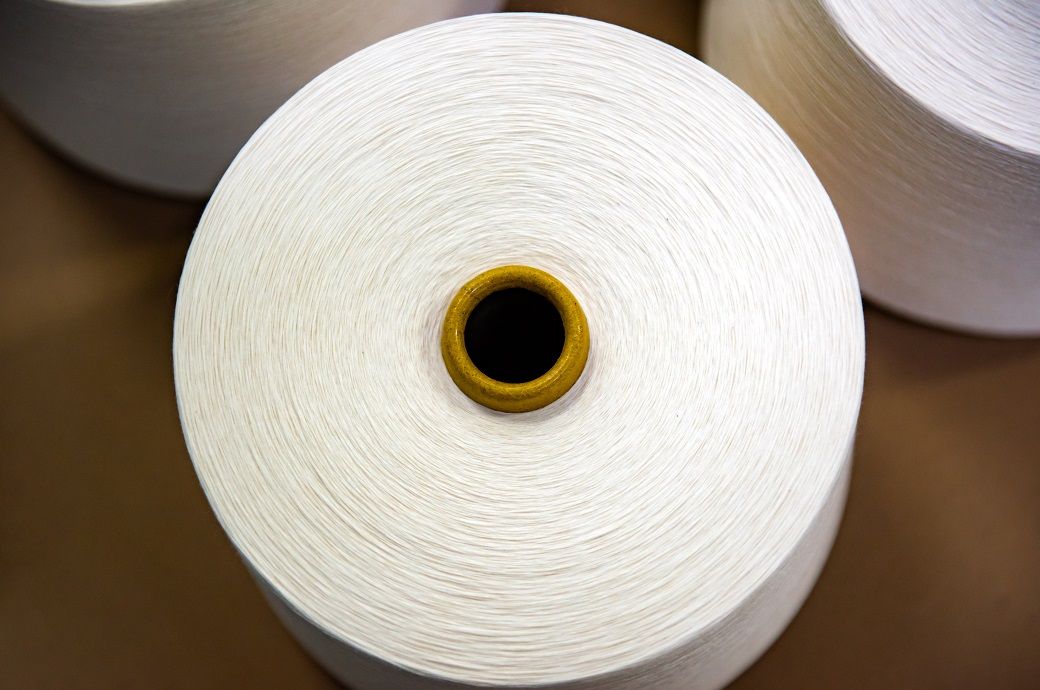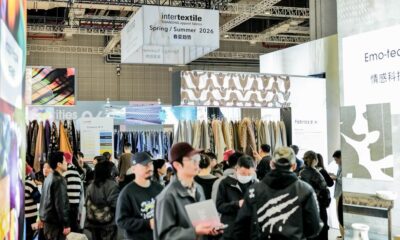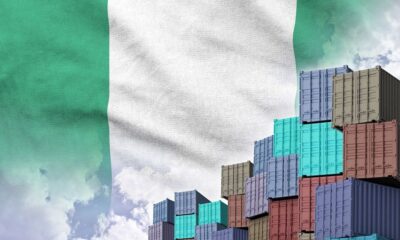Fashion
US-China port fee truce to begin on Nov 10 for 1 year

The agreement follows trade discussions and aims at stabilising bilateral maritime and economic ties.
The United States and China recently agreed to suspend for a year beginning November 10 their respective port service fees on vessels with a US or Chinese nexus.
The agreement follows trade discussions in Seoul and aims at stabilising bilateral maritime and economic ties.
Further clarification is awaited, including whether fees will continue to be charged in the interim period up to November 10.
A White House fact sheet confirms that a ‘trade and economic deal’ was reached in South Korea between US President Donald Trump and his Chinese counterpart Xi Jinping.
“The United States will suspend for one year, starting on November 10, 2025, implementation of the responsive actions taken pursuant to the Section 301 investigation on China’s Targeting the maritime, logistics and shipbuilding sectors for dominance. In the meantime, the United States will negotiate with China pursuant to Section 301 while continuing its historic cooperation with the Republic of Korea and Japan on revitalizing American shipbuilding,” the fact sheet said.
Following the US suspension, China will also suspend implementation of its countermeasures against the United States for a year, the Chinese Ministry of Commerce said.
Further clarification is awaited, including whether fees will continue to be charged in the interim period up to November 10.
Fibre2Fashion News Desk (DS)
Fashion
BRC calls for retailer collaboration on net zero emissions

Its new UK Retail 2025 Net Zero Stocktake report uses improved real-world data to assess industry progress, challenges and priorities on the path to net zero.
Using improved data quality and broader coverage, the report provides a clearer picture of industry emissions. The accompanying survey shows strong progress, with 91 per cent of retailers having established and publicly reported GHG baselines, four in five fleet drivers trained in fuel efficiency programmes, and 90 per cent of new retail buildings using LED lighting.
The British Retail Consortium (BRC) has urged retailers to strengthen collaboration across the value chain to tackle scope 3 emissions from supply chains and customer use.
Its new UK Retail 2025 Net Zero Stocktake report uses improved real-world data to assess progress, barriers and priorities for the retail industry’s transition toward net zero.
Yet with over 93 per cent of retail emissions falling outside of direct control, substantive industry progress depends on joined-up retailer collaboration to influence global suppliers into action, British consumers toward large-scale behaviour change, and UK government into supportive policy.
The report shows that only a third (30 per cent) of the very biggest suppliers provide GHG emissions data and 70 per cent of products do not have information for consumers on responsible sourcing.
Progress in these areas has been held up by systemic challenges, including policy uncertainty, supply chain complexity, financial pressures, and technological limitations.
The BRC will continue to support retailers to deliver the transformative change needed by convening cross-industry stakeholders, continuing to track annual progress, and shaping policy to unlock investment and drive momentum.
“In 2020, we launched the Climate Action Roadmap to set the ambition for UK retail to reach net zero by 2040. Five years on, we must use the takeaways from this report to drive the industry from collective ambition to a step change in collaborative action. The climate emergency is no longer tomorrow’s problem. It is here today; disrupting supply chains, driving shortages, increasing costs for households – and threatening the long-term stability and resilience of UK retail. Climate change is a very real risk to businesses and the consequences of inaction are simply too big to ignore. We need more radical collaboration between companies to bring down emissions and step up the drive to net zero,” Helen Dickinson, CEO of the BRC, said.
Fibre2Fashion News Desk (RR)
Fashion
South Indian cotton yarn supported by higher fibre, Tiruppur prices up

The Tiruppur market recorded a price rise of ****;*–* per kg as mills attempted to pass on higher cotton costs, although local demand remained weak. A trader from Tiruppur told Fibre*Fashion, “Tamil Nadu and other states’ spinning mills are raising prices to cover higher cotton costs. They want to increase prices by *–* per cent to fully offset rising production costs, but domestic consumer industry support is lacking. Summer demand is unlikely to pick up before January. The weakening rupee against the US dollar has also provided relief, as mills can compete better in export markets.”
In Tiruppur, knitting cotton yarn prices were noted as ** count combed cotton yarn at ****;***–*** (~$*.**–*.**) per kg (excluding GST), ** count combed cotton yarn at ****;***–*** (~$*.**–*.**) per kg, ** count combed cotton yarn at ****;***–*** (~$*.**–*.**) per kg, ** count carded cotton yarn at ****;***–*** (~$*.**–*.**) per kg, ** count carded cotton yarn at ****;***–*** (~$*.**–*.**) per kg and ** count carded cotton yarn at ****;***–*** (~$*.**–*.**) per kg.
Fashion
Pat McGrath Labs explores asset sale

Published
December 21, 2025
Pat McGrath Labs is undergoing a restructuring and recapitalisation process, according to multiple reports.
As part of the process, the company is reviewing its assets, with some — including its trademark and logo — potentially set to be sold through a formal sale process. Bids are due by January 26, with an auction scheduled for the following day. The process is being managed by U.S.-based financial services firm Hilco Global.
Founded by British makeup artist Dame Pat McGrath, the brand celebrated its 10th anniversary in October. Pat McGrath Labs rose rapidly following its launch and reached unicorn status in 2018 after securing an investment from Eurazeo that valued the company at more than $1 billion.
In recent years, however, the brand has faced operational challenges, alongside executive turnover and layoffs, and its valuation is now widely reported to be a fraction of its former peak.
The development comes just one year after McGrath was named creative director of Louis Vuitton’s debut makeup line, La Beauté, which launched this summer.
Copyright © 2025 FashionNetwork.com All rights reserved.
-

 Business1 week ago
Business1 week agoHitting The ‘High Notes’ In Ties: Nepal Set To Lift Ban On Indian Bills Above ₹100
-

 Business6 days ago
Business6 days agoKSE-100 index gains 876 points amid cut in policy rate | The Express Tribune
-

 Business6 days ago
Business6 days agoStudying Abroad Is Costly, But Not Impossible: Experts On Smarter Financial Planning
-

 Sports6 days ago
Sports6 days agoJets defensive lineman rips NFL officials after ejection vs Jaguars
-

 Tech1 week ago
Tech1 week agoFor the First Time, AI Analyzes Language as Well as a Human Expert
-

 Entertainment6 days ago
Entertainment6 days agoPrince Harry, Meghan Markle’s 2025 Christmas card: A shift in strategy
-

 Business3 days ago
Business3 days agoBP names new boss as current CEO leaves after less than two years
-

 Business6 days ago
Business6 days agoFord to record $19.5 billion in special charges related to EV pullback

















